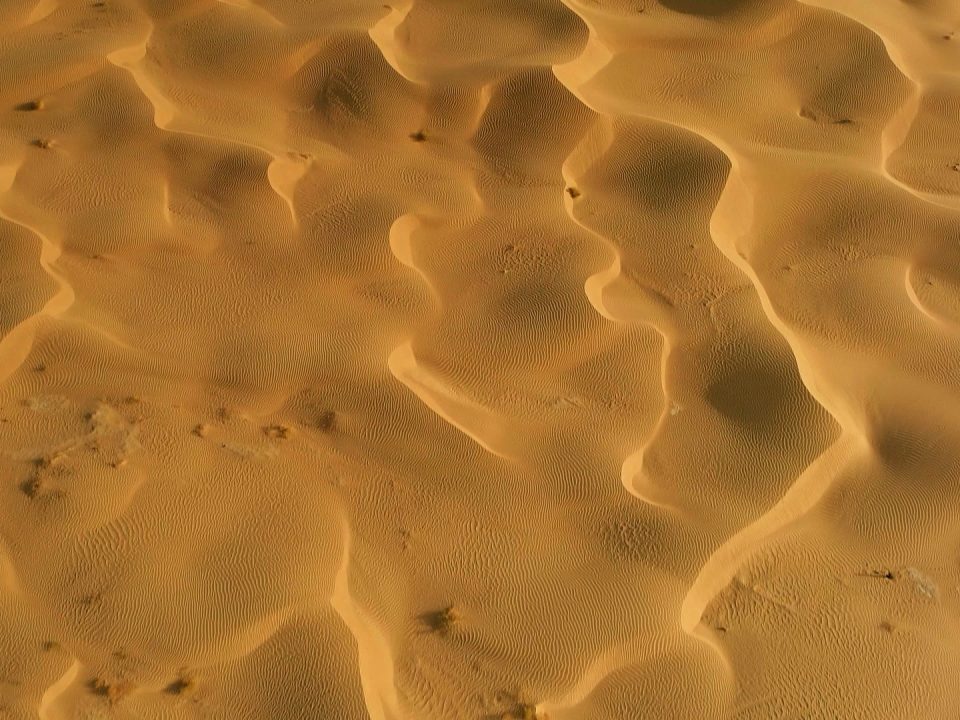Saud Al-Zaid, Scholar of Islamic Studies, reflects the work by Monira Al Qadiri and emptiness in the context of the Kuwaiti cultural imagination.
1831 is remembered in Kuwaiti history as the year of the plague, sanat al-ta’un. It stands like a looming marker, dividing Kuwaiti history as either before or after the pandemic. Significantly more than half the population died because of the disease. The vast majority were women, children, and the elderly. The reason was not because the disease effected those groups epidemiologically—it was because the men were simply not there. Kuwait was primarily a nautical society. The plague spread during the dry months of the monsoon during which all able bodied men are expected to go pearl diving in the Gulf or sail to the Indian Subcontinent and East Africa for trade. When the men returned they saw the devastation. Kuwait was apparently all but empty.
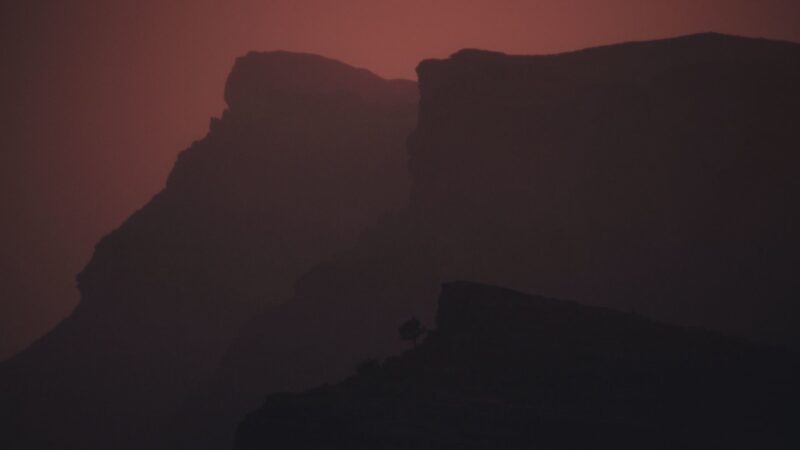
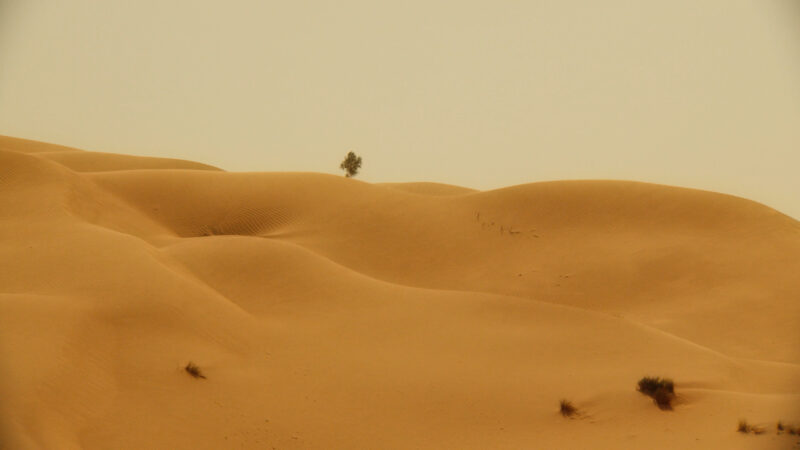
Monira Al Qadiri is perhaps Kuwait’s preeminent visual and conceptual artist working today. Al Qadiri’s work straddles the political and its expression in cultural artifact. The work itself is often deeply psychological, shocking at first, and lingering in its implications. Let us ponder a few examples. A beautiful complex shiny object that appears alien at first, is then identified as a drill-bit for extracting oil, the life-blood of the Kuwaiti economy. Al Qadiri takes an over-produced soap opera from the Gulf States, and then super-imposes a foreign servant who is missing in the original. Foreign labor allows Kuwaiti society to enjoy the luxurious oil-subsidized life of decadence.
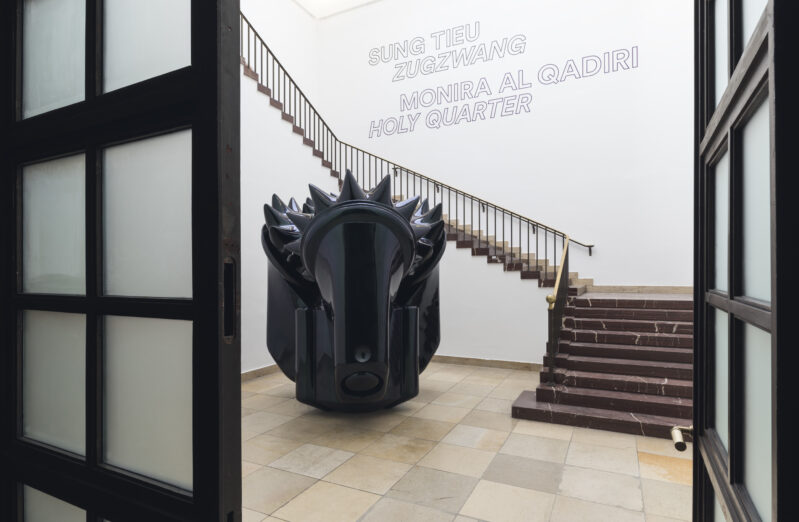
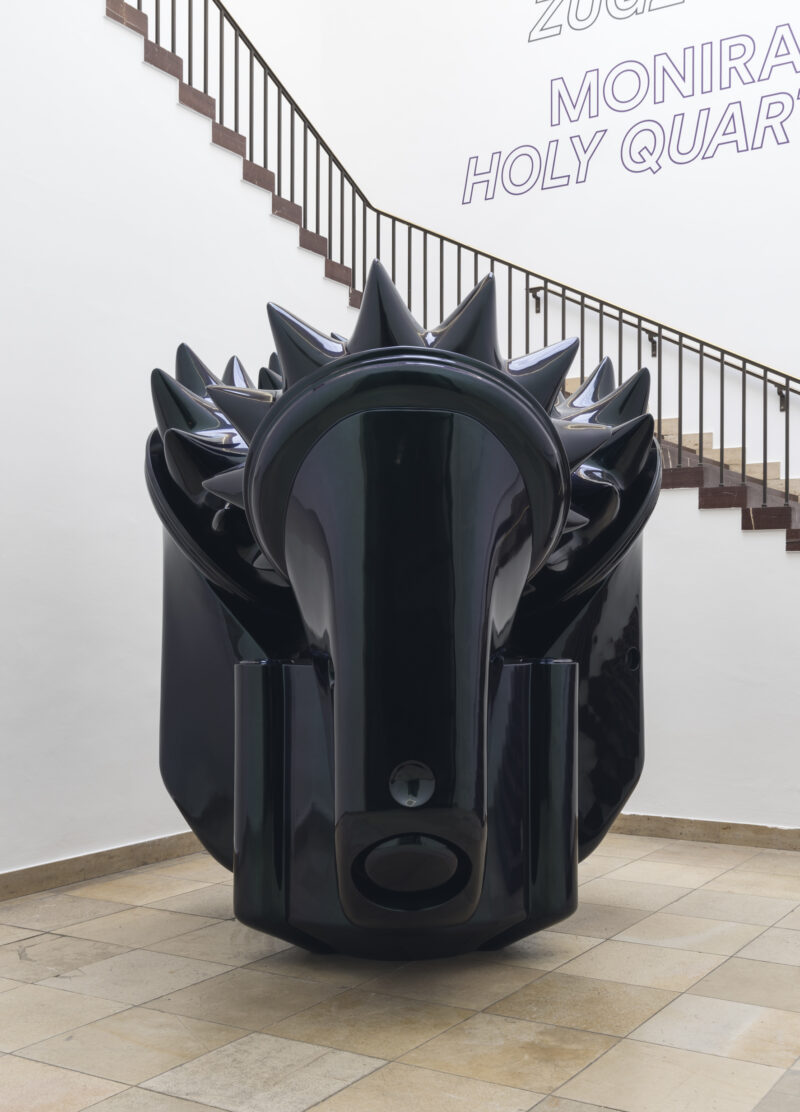
Like the drill bit, the servant is missing in the everyday Kuwaiti imagination, yet ever-present in the reality it makes possible. For Al Qadiri, oil is an alien that landed in what otherwise would be a very poor society. Kuwait and the Gulf States were an extension of the Sahara economy on one side. The desert was the primary burden and life-blood. Daily life was defined by camel, sheep, and horse herding, providing transportation to pilgrims headed to Mecca, and subsistence oasis farming. On the other side, it was a colony of a colony. Kuwait was an Ottoman frontier town that traded pearls for rice with India that itself was a subject of the British Empire. Kuwaitis spent much of the 1800s recovering psychologically from the plague. By 1900, Djibouti on the African horn, which is very comparable to Kuwait in terms of size and other metrics, was a far wealthier state. Then came the oil.
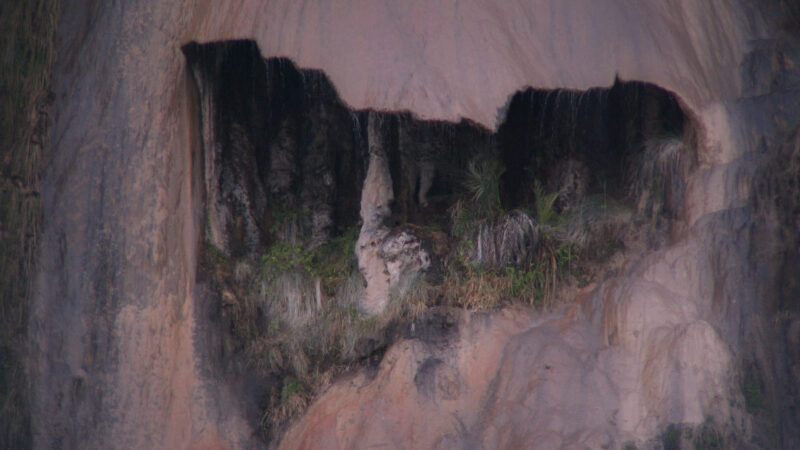
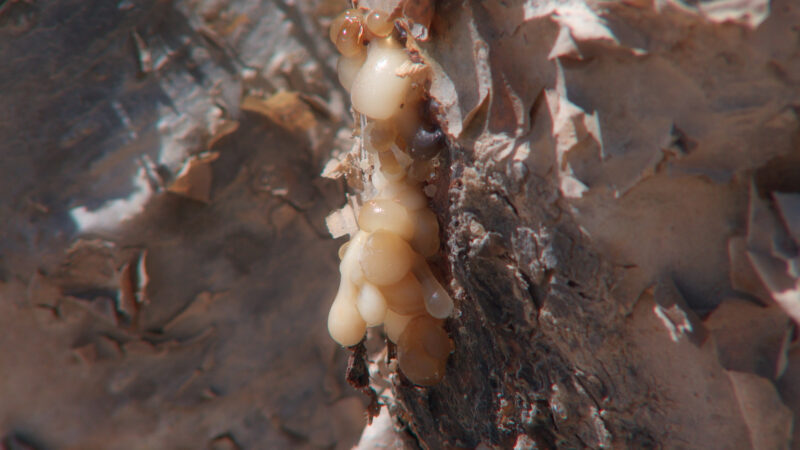
Within that reality is a simplistic bifurcation of Kuwait’s origins. Kuwait is partially of the desert and partially of the sea. It is both a pious Muslim state and a state of cosmopolitan consumption. Without delving too deeply into Kuwaiti political history, Kuwait always played a regional role as a kind of mediator between competing tendencies. Between the warring Bedouin tribes of the desert and the sedentary townships of the oases and coasts. Between the Ottoman Turks to the North and the Persian dynasties to the East. Between British Imperial ambitions and Muslim anti-colonial aspirations. Kuwait is both geographically and conceptually a border town. This role often expresses itself as anxiety towards the potential of being insignificant. An anxiety that if it loses its significance, Kuwait would cease to be. A return to the emptiness of 1831, sanat al-ta’un.
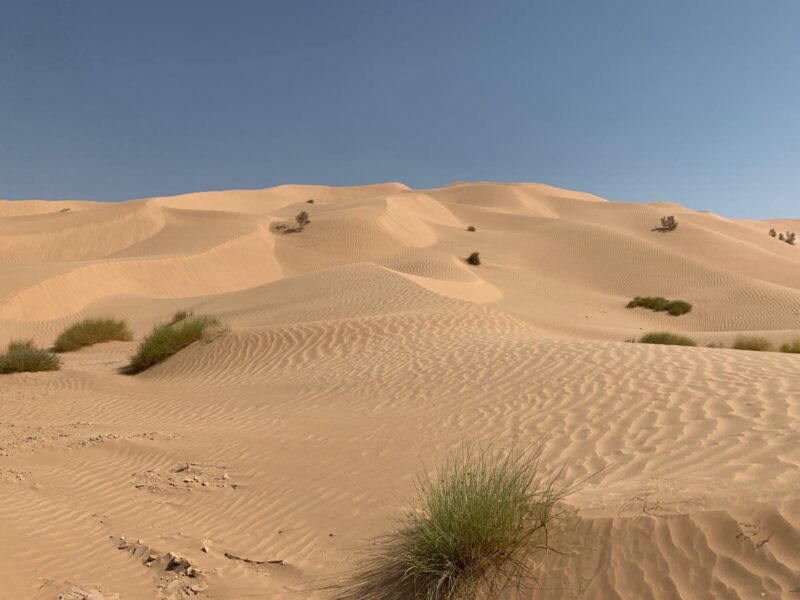
Holy Quarter is composed of footage from the Empty Quarter—the worlds most arid desert found in the border region of the UAE, Saudi Arabia, Yemen, and Oman. It is quite literally a sea of sand. Although the Sahara is fifteen times larger than the Empty Quarter, it only has twice as much sand. Within the Arabian Peninsula, it is the complete opposite pole of Kuwait, topologically the farthest point one can go and still be within the same landmass. The cosmopolitanism of a burgeoning port town that connects with the world through sailing the seas. Contrast with the desert that almost no one has even crossed.
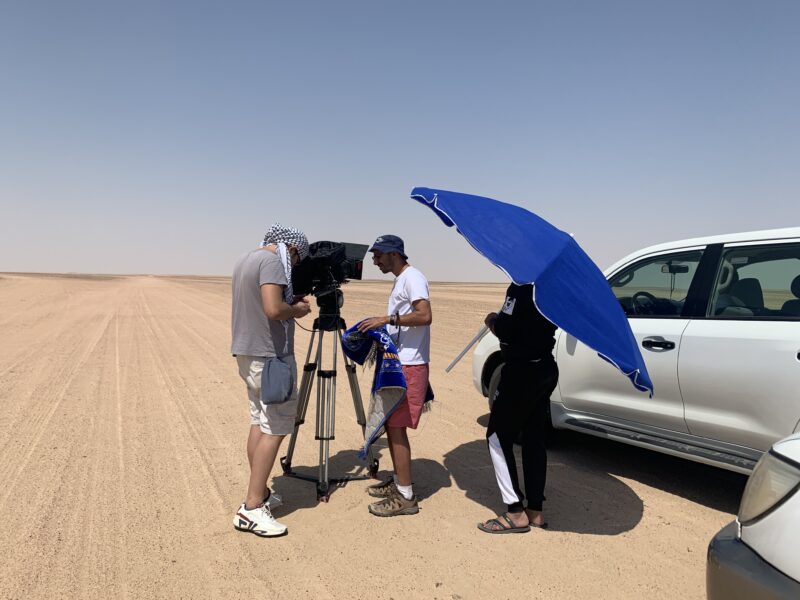
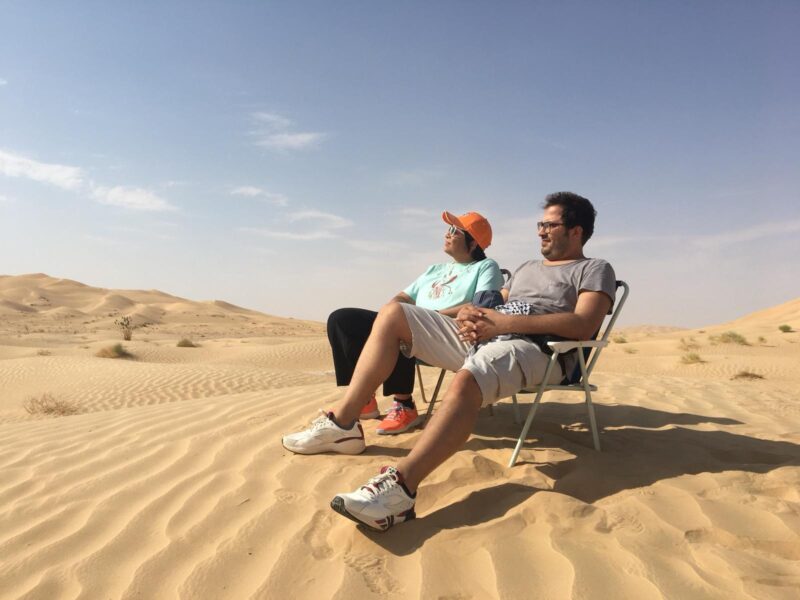
And yet it is precisely there where the human imagination goes to find itself. Or more precisely, to find the Abrahamic God. The origin myth of both the Arabs and Islam is within the story of Abraham abandoning Ishmael and his mother Hagar in the desert. God ordered Abraham to leave them there. The Hebrew Bible has the desert in Beersheba. Muslims believe it was in Mecca. Any desert will do, the meaning is within the slow devastation of the desert. Of being abandoned by God, whittling down life into its empty dry sands.
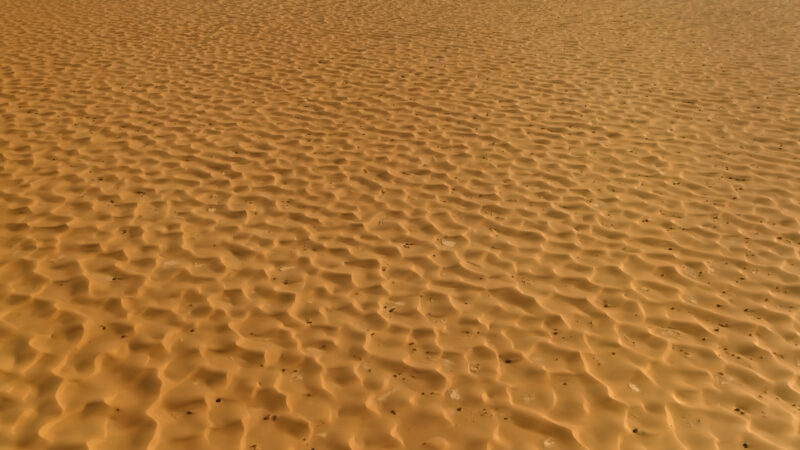
It is within the Abrahamic myth that Hagar and Ishmael were left with a holy rock that came down from the heavens with Adam and Eve. Speculated to be a meteor, it is today the cornerstone of the Ka’ba, the cube-shaped structure in the center of Mecca and the direction where Muslims pray towards five times a day. This rock made Mecca an important site of pilgrimage for hundreds of years even before the appearance of Islam. A young Muhammad was in charge of a restoration project after the structure holding it collapsed during a flood, many years before he became the prophet of Islam. He would later change the direction of prayer for Muslims from Jerusalem towards the rock in Mecca. This is considered by many scholars as the foundational moment of Muhammad’s movement. The rock is the most holy object in Islam. Perhaps the only object as such.
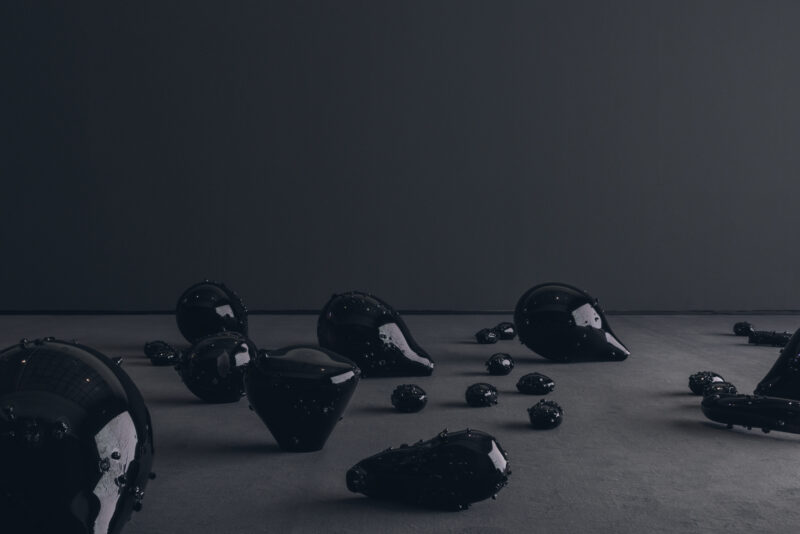
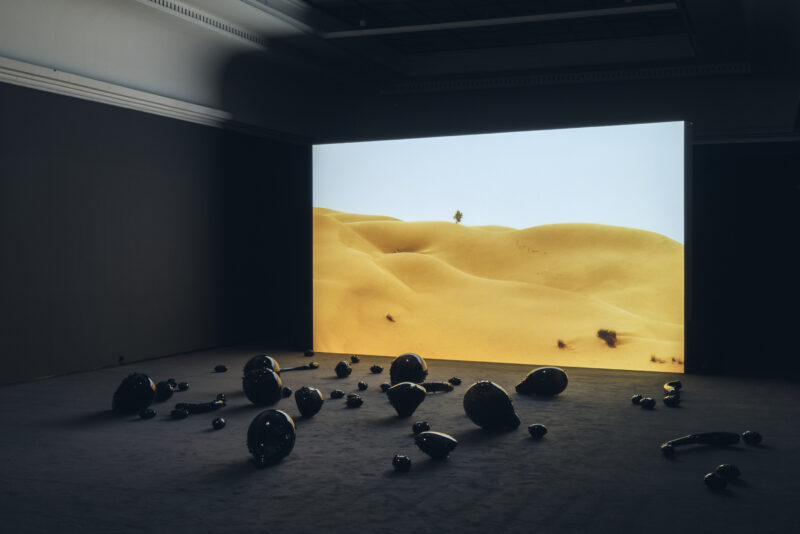
Al Qadiri makes many of these connections shockingly manifest. The liquid nature of the black pearl that stand before the projection is quite prominent. The mysterious narrator in Holy Quarter warns us to “Beware the curse of the black pearl”—clearly connecting the holy rock with oil— which the dry ground thirstily absorbs. Bifurcation here threatens existence, not just the emptiness or decadence but the reality that two opposites should not exist in one place and one time. The desert will subsume all contradictions. Or is it the Holy? The protagonist Wabar assures that they will protect us, just as Abraham’s God promised he will protect baby Ishmael and his mother. The men were simply not there.
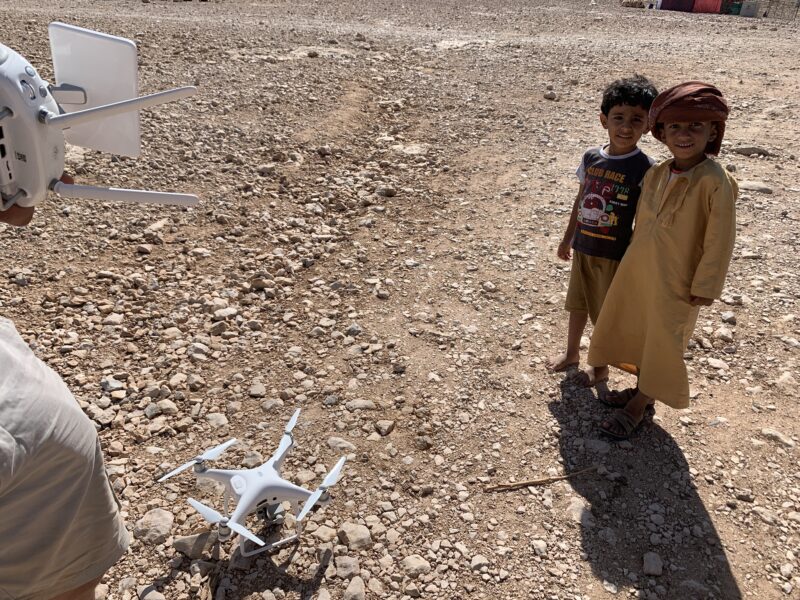
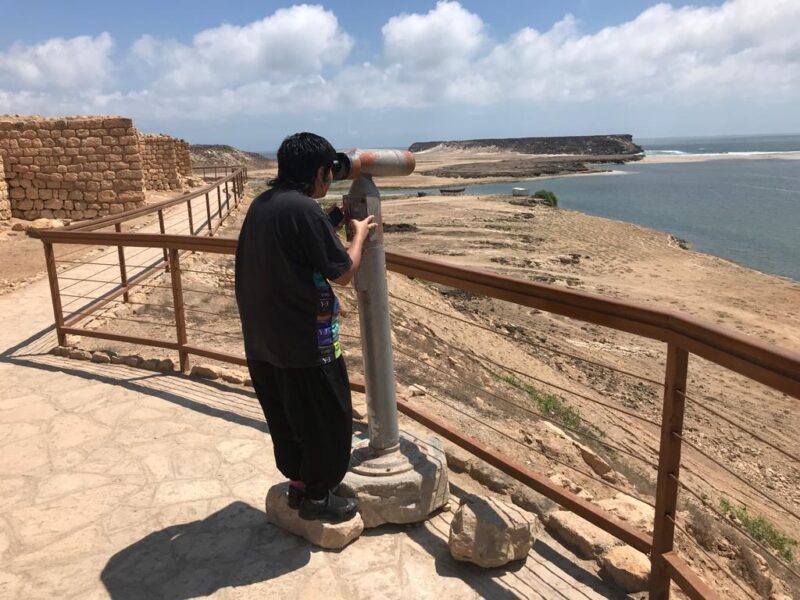
Saud Al-Zaid is a scholar of radical Islamic thought and aesthetics. He is based in Berlin and has given public lectures among others at Re:publica, the Berlin Biennale, Chaos Computer Club Congress, Computerspielemuseum.
